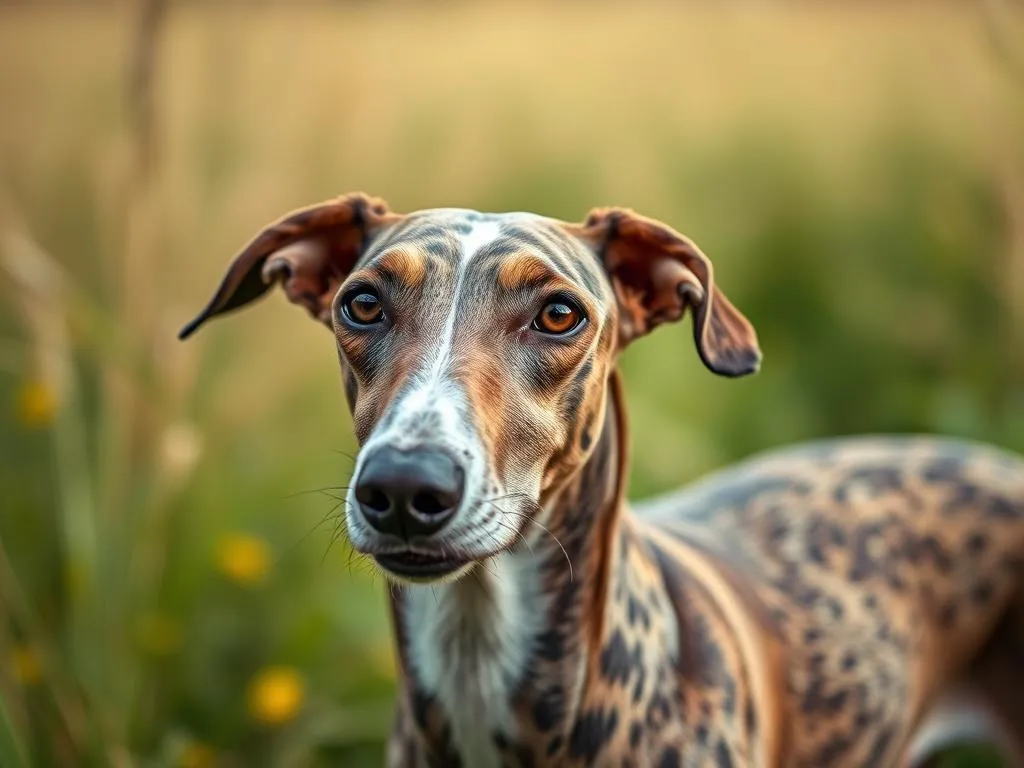
Introduction
Dog ownership has surged in popularity, especially among first-time owners seeking companionship and love. Amidst the myriad of breeds available, Greyhounds have emerged as intriguing candidates for those new to the world of pet ownership. Known for their graceful appearance and gentle demeanor, they often raise the question: are Greyhounds good for first time dog owners? Choosing the right breed is crucial for a positive experience, and understanding the unique characteristics of Greyhounds can help potential owners make informed decisions.
Understanding Greyhounds
Breed History
The Greyhound breed boasts a rich history that dates back thousands of years. Originating in ancient Egypt, these dogs were revered for their speed and hunting prowess. Greyhounds were primarily used for coursing game, chasing down prey with remarkable agility. Over time, they transitioned into the world of racing, where their swiftness and endurance were showcased on tracks across the globe. Despite their historical significance in racing, Greyhounds have also become beloved family pets, known for their affectionate nature and loyalty.
Physical Characteristics
Greyhounds are strikingly elegant dogs with a streamlined physique. On average, they stand between 24 to 30 inches tall and weigh between 50 to 85 pounds, depending on gender and lineage. Their short coat comes in a variety of colors, including fawn, brindle, black, and blue. One of their most distinctive features is their long, narrow head and deep chest, which contribute to their impressive speed. This unique build makes them not only fast but also well-suited for a variety of living environments.
Temperament
Known for their gentle and calm demeanor, Greyhounds are often described as “couch potatoes.” Despite their racing background, they are surprisingly low-energy dogs that enjoy lounging and relaxing. Their temperament is generally friendly and affectionate, making them great companions for families, singles, and seniors alike. Greyhounds tend to be good-natured and are usually well-mannered, though they may display a shy or reserved attitude, especially in new situations.
Assessing Greyhounds as Pets
Exercise Needs
One of the primary concerns for first-time dog owners is the exercise requirements of their chosen breed. Greyhounds have moderate exercise needs; they require about 30 to 60 minutes of exercise each day. This can include leisurely walks, playtime in a secure yard, or short bursts of running. Compared to more active breeds, Greyhounds are relatively low-maintenance in terms of physical activity. However, they do enjoy the opportunity to stretch their legs, so a secure space for them to run is beneficial.
Trainability
When it comes to trainability, Greyhounds are intelligent and eager to please, making them relatively easy to train. They respond well to positive reinforcement techniques, such as treats and praise. However, first-time owners should be aware that Greyhounds can be sensitive dogs, and harsh training methods can lead to anxiety or fear. It’s essential to approach training with patience and consistency. Basic obedience commands, leash manners, and house training are achievable with dedication and love.
Socialization
Socializing a Greyhound is crucial for their overall well-being. These dogs may not have been exposed to various environments and experiences during their racing careers. Early socialization helps them develop confidence and adapt to new sights, sounds, and people. Engaging in puppy classes or group training sessions can provide valuable exposure. Additionally, introducing your Greyhound to different settings, animals, and people will help them become well-rounded companions.
Pros of Owning a Greyhound as a First-Time Dog Owner
Low Maintenance
One of the most significant advantages of owning a Greyhound is their low-maintenance grooming needs. Their short coat requires minimal brushing, and they shed very little compared to other breeds. In terms of health, Greyhounds are generally robust dogs, but it’s important to be aware of their unique health considerations. They typically live between 10 to 14 years, providing long-term companionship.
Gentle Temperament
The gentle nature of Greyhounds makes them an ideal choice for families and individuals alike. They are known to be patient and tolerant, often getting along well with children and other pets. Their calm demeanor allows them to adapt to various living situations, whether in a bustling household or a quieter environment. This compatibility can create a harmonious living space, making them great companions for first-time dog owners.
Adaptability
Greyhounds are incredibly adaptable dogs. They can thrive in apartments as long as they receive regular exercise and mental stimulation. Their ability to transition into new environments is a significant advantage for first-time owners who may move or change their living situations. With proper care, they can quickly adjust to their new homes, making them a great fit for those looking for a flexible pet.
Cons of Owning a Greyhound as a First-Time Dog Owner
Special Health Considerations
While Greyhounds are generally healthy, they are susceptible to specific health issues. Common concerns include bloat, hip dysplasia, and certain genetic conditions. First-time owners should be prepared for potential healthcare costs and the need for regular veterinary check-ups. Considering pet insurance might be a prudent choice to help manage unexpected expenses.
Sensitivity to Environment
Due to their racing background, Greyhounds can be sensitive to changes in their environment. They may experience anxiety or stress in unfamiliar settings or situations. Providing a secure and stable home is essential for their comfort. First-time owners should create a safe space for their Greyhound and gradually introduce them to new experiences to help ease any anxiety.
Misconceptions about Activity Level
A common misconception about Greyhounds is that they require extensive exercise due to their racing heritage. In reality, they are quite content with moderate daily activity. However, first-time owners might struggle with understanding their specific exercise needs. It’s essential to strike a balance between providing sufficient exercise and allowing for plenty of downtime, ensuring that your Greyhound remains happy and healthy.
Tips for First-Time Greyhound Owners
Preparing Your Home
Before bringing a Greyhound home, it’s vital to create a safe and comfortable environment. This includes removing any hazards such as toxic plants or small objects that could be ingested. Designate a cozy space for your Greyhound to relax, complete with a comfortable bed and toys. Additionally, consider investing in a sturdy leash and collar, as well as food and water bowls suitable for their size.
Finding a Reputable Source
When looking to adopt or purchase a Greyhound, it’s essential to find a reputable source. Consider adopting from a rescue organization that specializes in Greyhounds, as they can provide valuable insights into the dog’s history and temperament. If opting for a breeder, ensure they are responsible and prioritize the health and well-being of their dogs. Avoid puppy mills and seek out breeders who are transparent about their practices.
Establishing a Routine
Establishing a consistent routine is beneficial for both the owner and their Greyhound. This includes regular feeding times, exercise schedules, and training sessions. Consistency helps your Greyhound understand expectations and promotes a sense of security. Integrating your Greyhound into your daily life will strengthen your bond and create a positive atmosphere in your home.
Conclusion
In summary, Greyhounds can be excellent companions for first-time dog owners. Their gentle temperament, low maintenance needs, and adaptability make them a suitable choice for those new to pet ownership. However, potential owners should also be aware of the breed’s unique health considerations and sensitivity to environments. By understanding the needs of Greyhounds and preparing adequately, first-time owners can create a loving and fulfilling relationship with their new furry friend. Ultimately, it’s crucial for prospective dog owners to consider their lifestyle and preferences when selecting the right breed for their home.









